La Gomera
With a population of just 20,000, and a diameter of approximately twenty kilometers, the circular island of La Gomera is the sixth-biggest of the seven Canary Islands. Far less known than its siblings Tenerife, Lanzarote and Gran Canaria, what La Gomera lacks in fame, it makes up for with its spectacular hiking … which is precisely the reason Jürgen and I decided to spend our first week here.
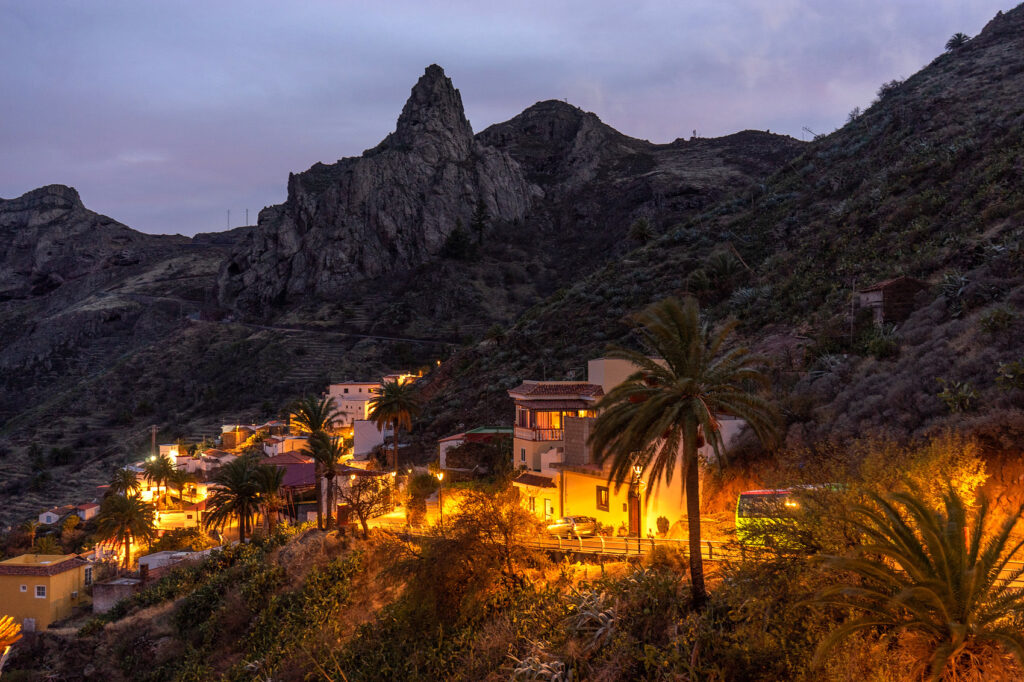
La Gomera is a classic, cone-shaped island, whose geological origins have puzzled exactly zero scientists. A five-year-old would be able to look at La Gomera and understand instinctively that “volcano made it”. Its central highlands slope downward in every degree, until reaching the ocean… but far from uniform or predictable, the gorges and canyons carved out by the ancient volcanic explosions are incredibly diverse. The forested upper regions are almost always bedecked in a thick mist, which spills out over verdant valleys. And I mean almost literally that the mist “spills”, pouring off ledges just like a tipped bucket of milk might flow down stairs.
Up in the mysterious, fog-shrouded forests of the central island, you’ll be shivering. But take the road downhill, or hike downwards along one of the million trails which snake around the island, and you’ll soon be ditching your coat… then your sweater… trading your pants for shorts… rolling up your sleeves… and then possibly ditching your shirt altogether. Because by the time you reach the coast, you’ll remember that this is a tropical island, after all.
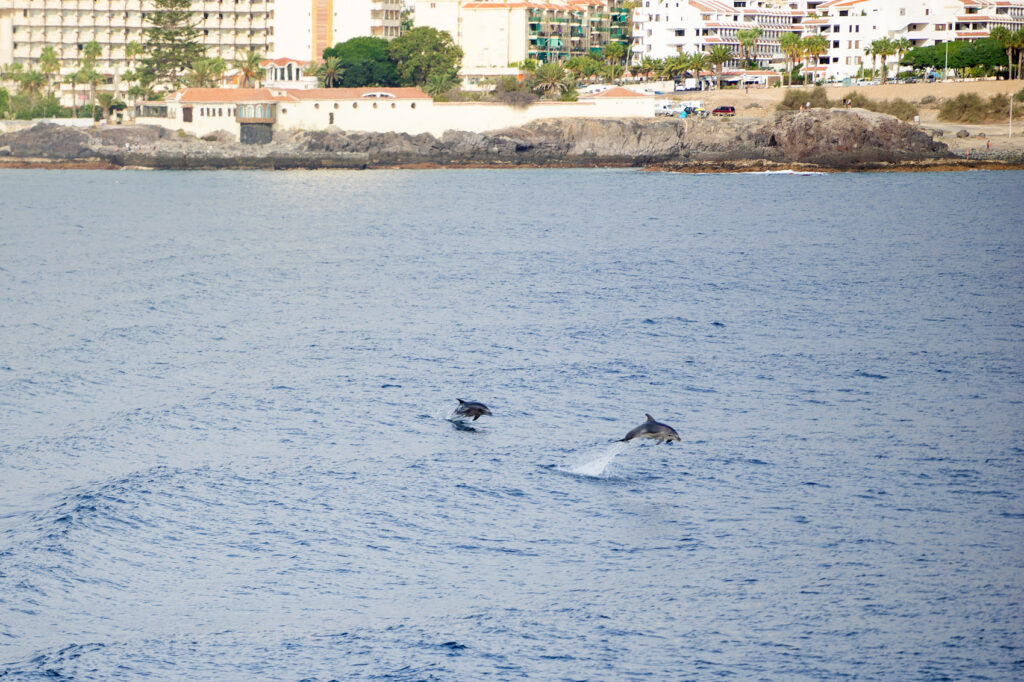
But those million trails? That’s hardly an exaggeration. La Gomera knows where its fortune lies, and has taken great pains to care for the trails which provide it with a huge chunk of its GDP. Visitors come here to hike, almost exclusively. And when they arrive (from Germany, mostly), they find paths which are perfectly sign-posted, with an endless number of options suitable for every skill level. Not only that, but La Gomera is small and easy to navigate, and boasts plenty of places to stay and to eat, as well as a completely welcoming local populace. For hikers, it’s perfect.
Our plan while on the island was to stay four nights in tiny Imada, on the southern half, then three more in Agulo, in the north. And every single day, we’d be hiking … Hiking, eating, sleeping, hiking eating sleeping. I’d been looking forward to a trip like this for a long time, and La Gomera wouldn’t disappoint.
If reading about other people’s trail-walking adventures doesn’t appeal, you might be tempted to skip ahead to other posts in our blog. But stick around, because in addition to photos of La Gomera’s amazing nature, we’ll also be talking about its history, food and culture. Our adventure begins tomorrow… with a hike through the Barranco de Imada.
In the meantime, check out our pictures from the ferry ride from Los Cristianos on Tenerife, to San Sebastián de La Gomera — a trip during which we spotted dolphins following in our wake!
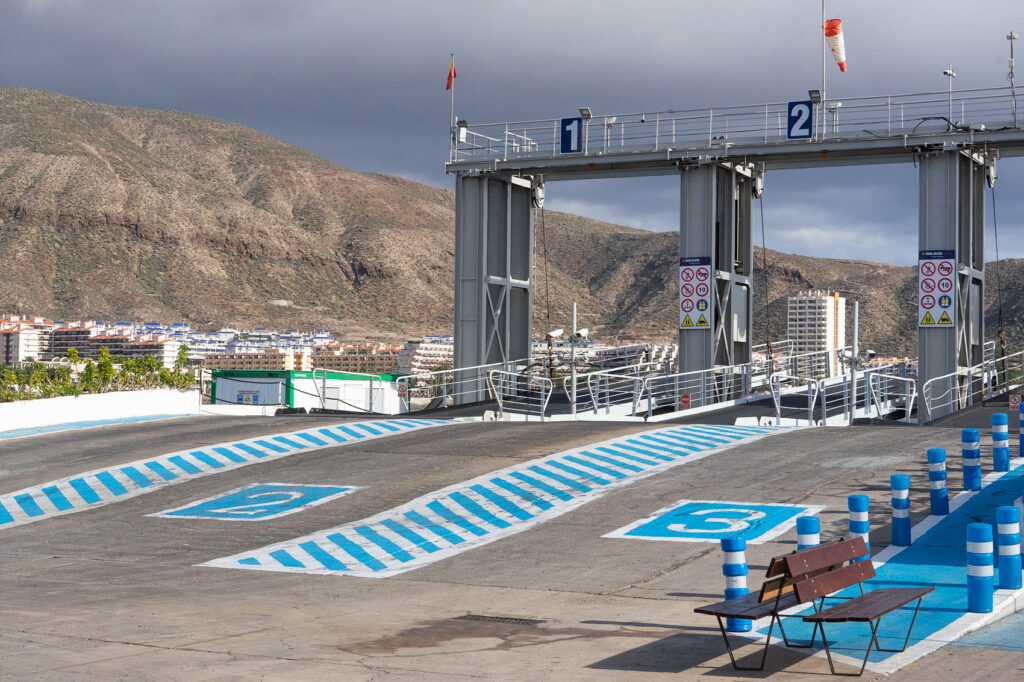



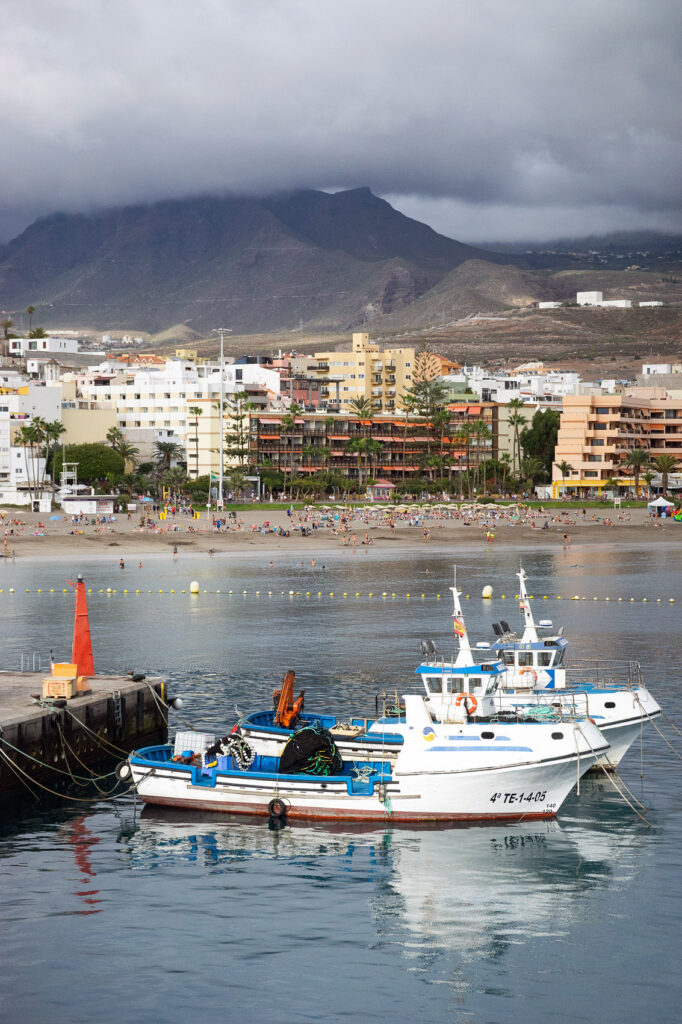
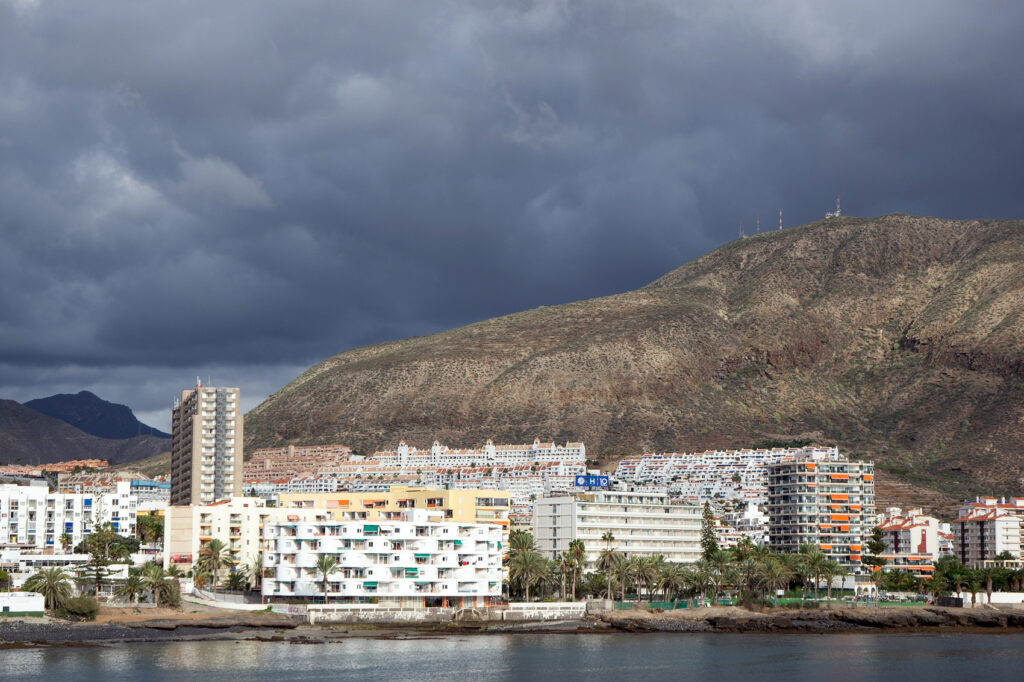

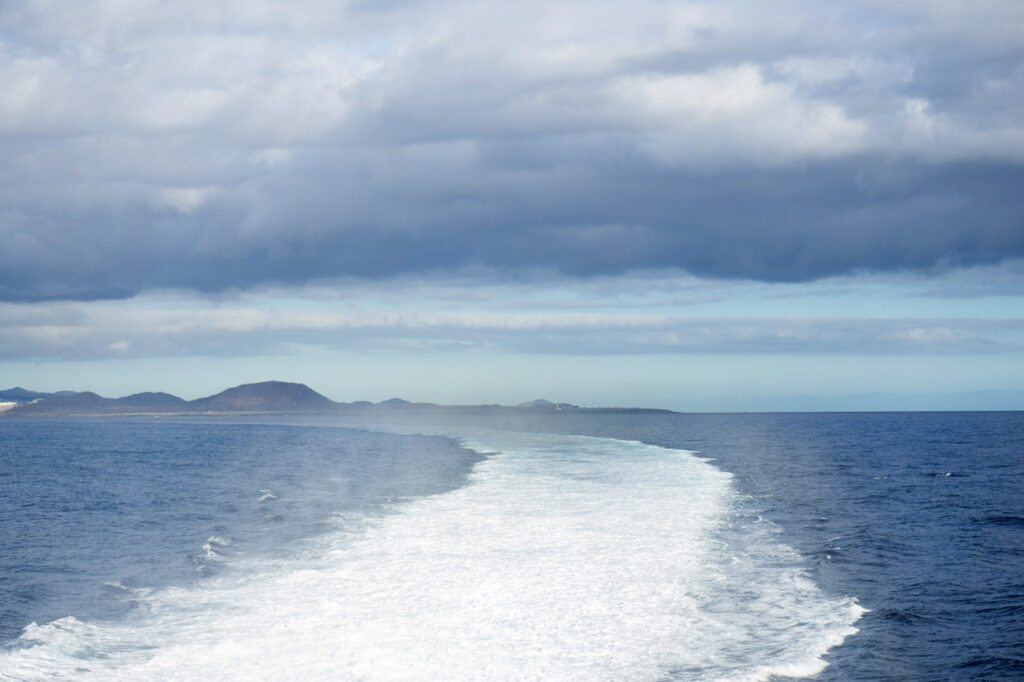
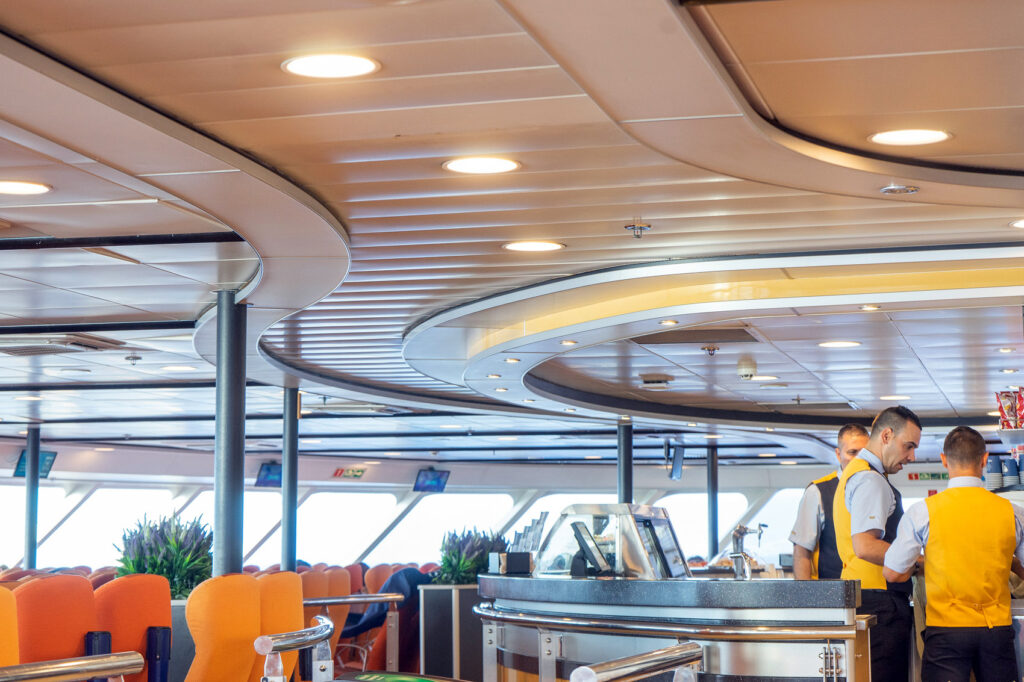
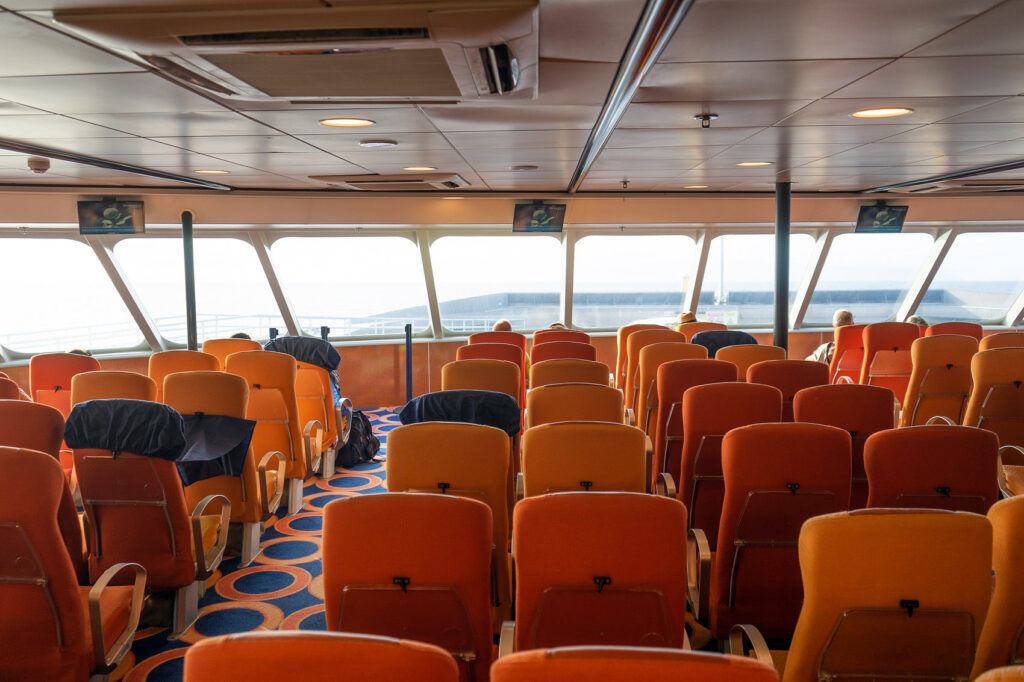
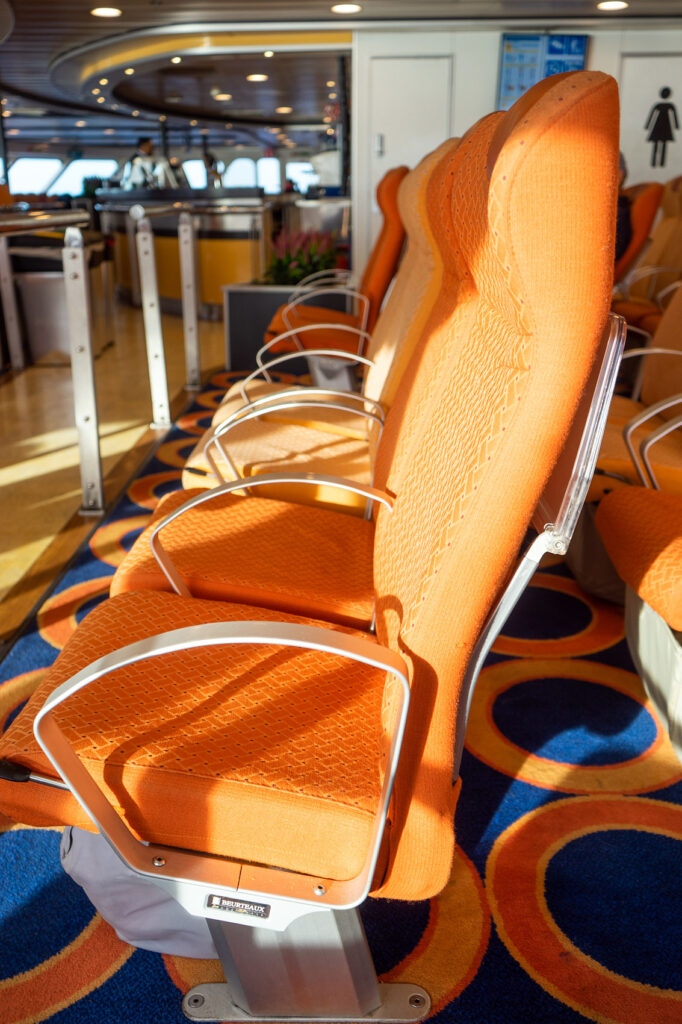


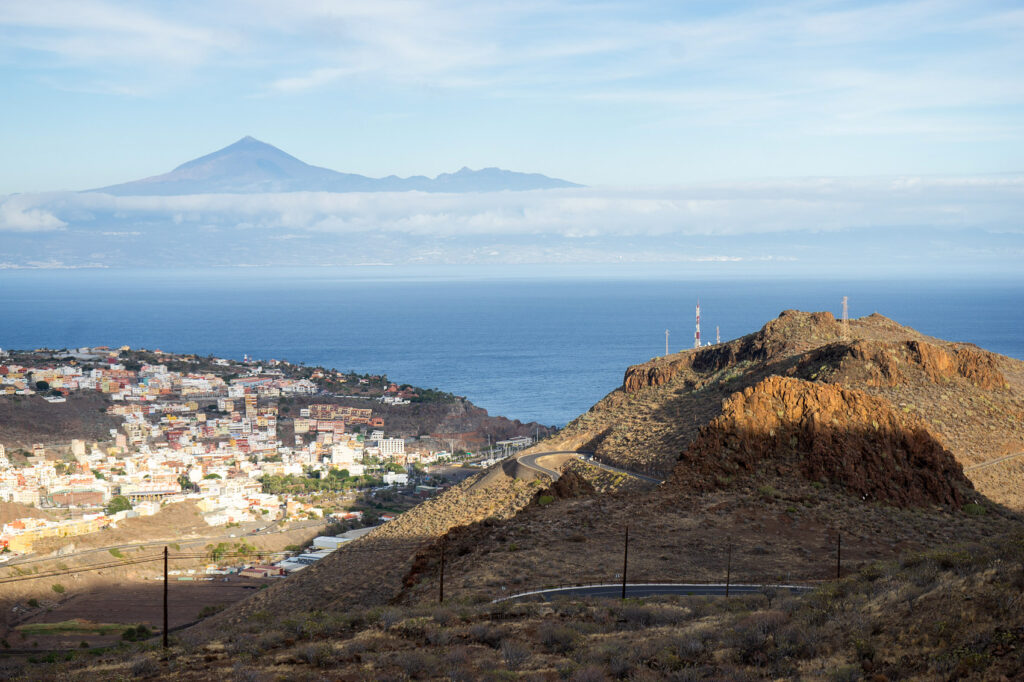

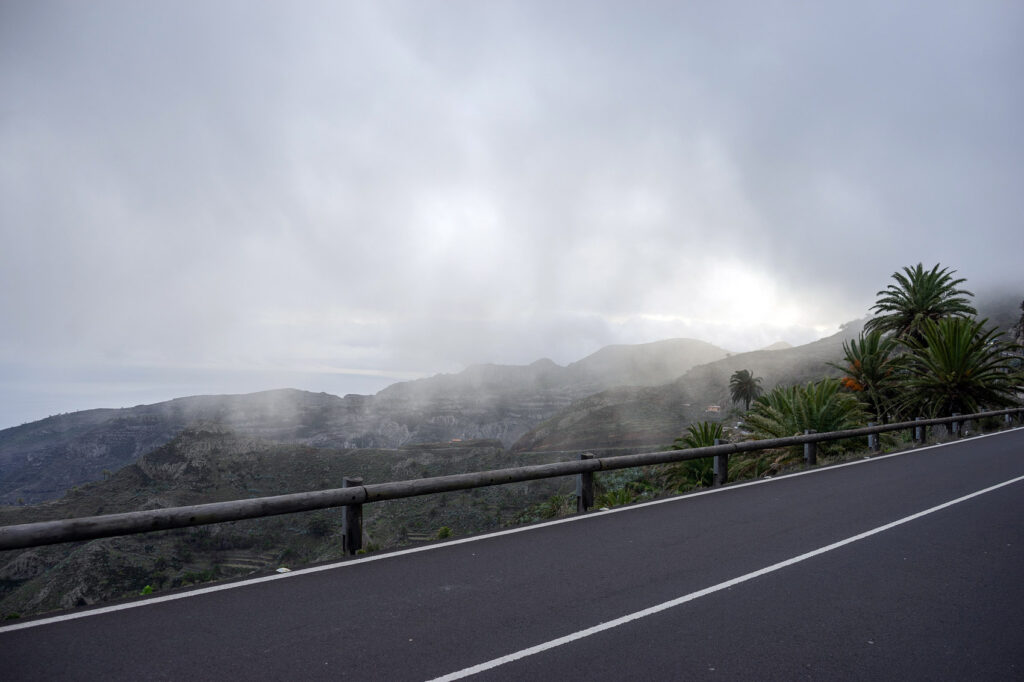

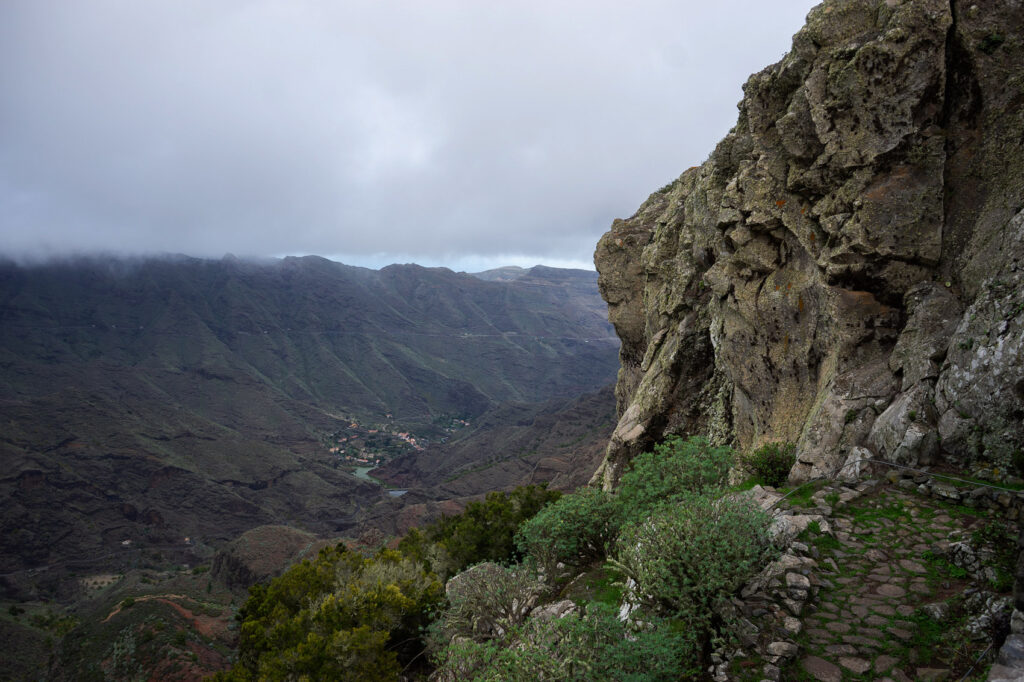
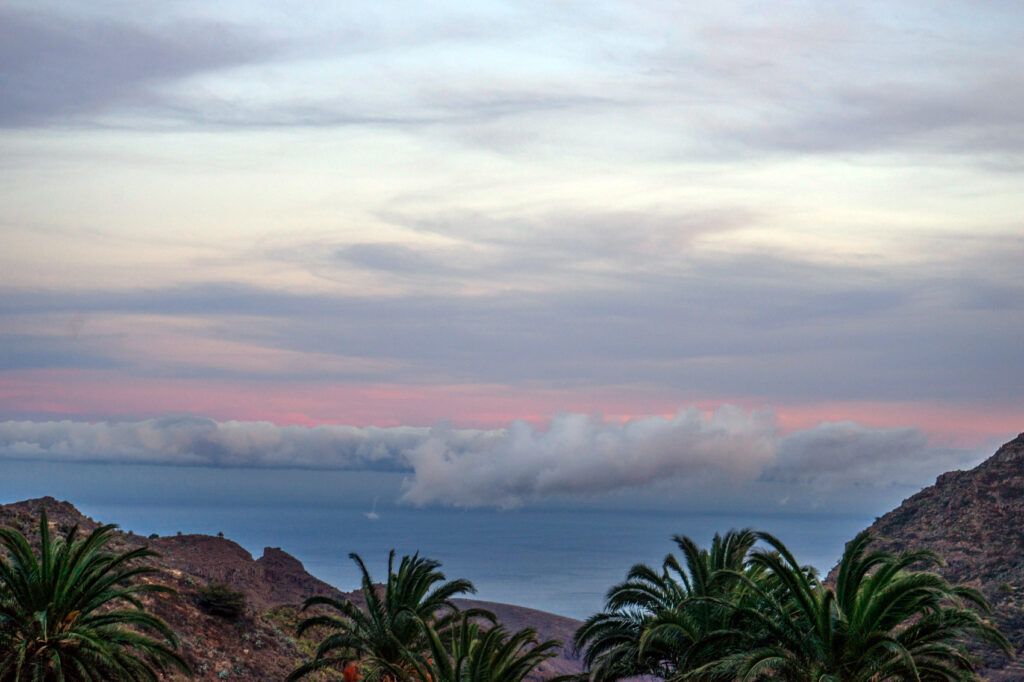
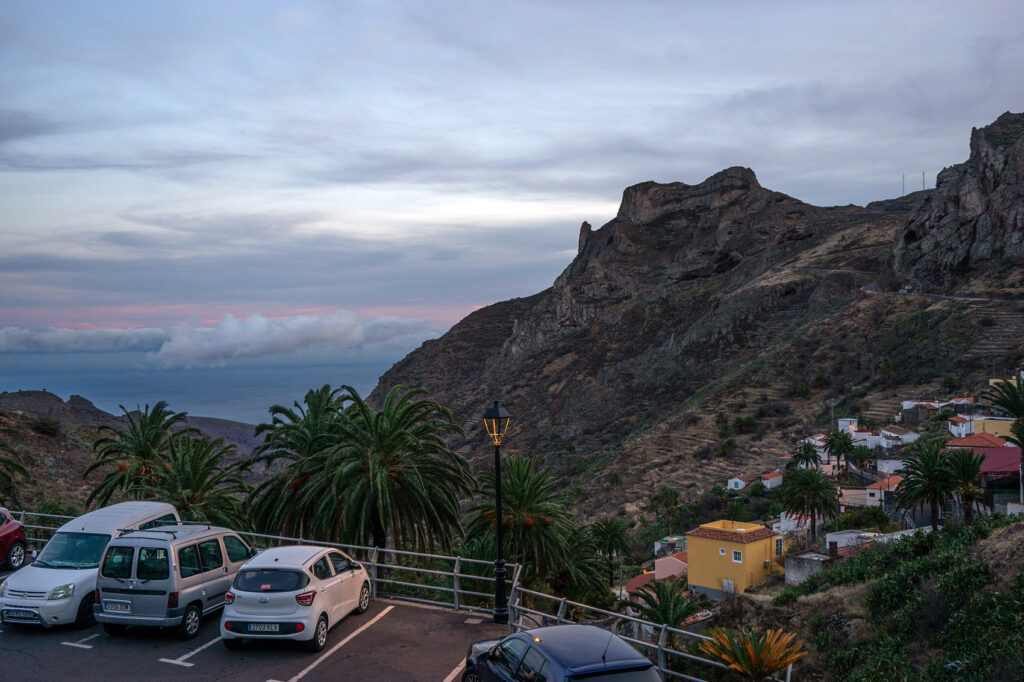
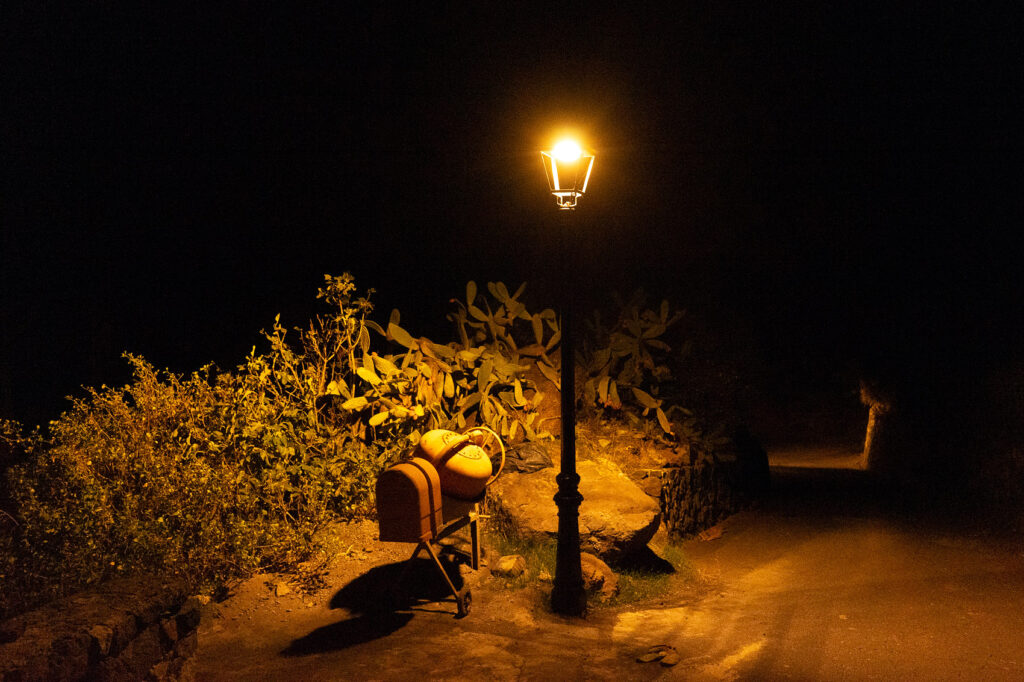
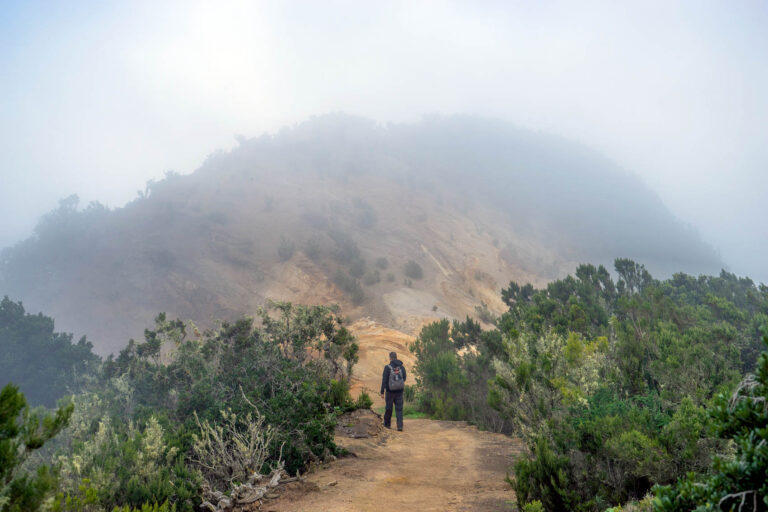
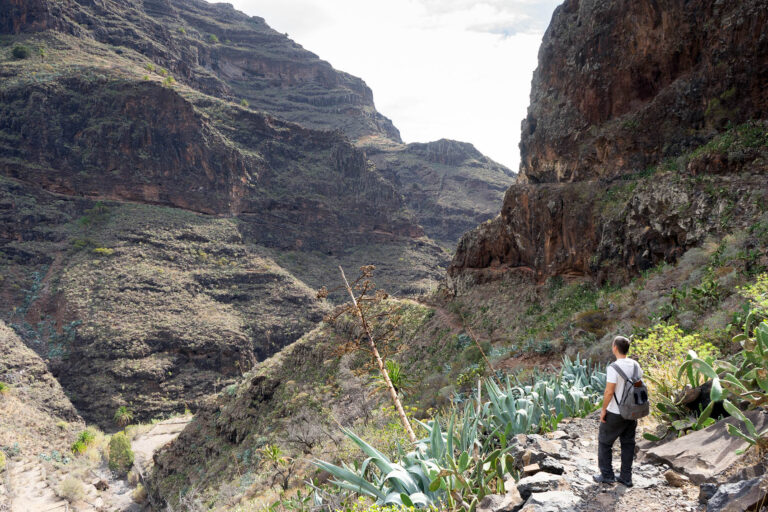

Pingback: Tenerife Food Journal #1 - For 91 Days - Tenerife Travel Blog